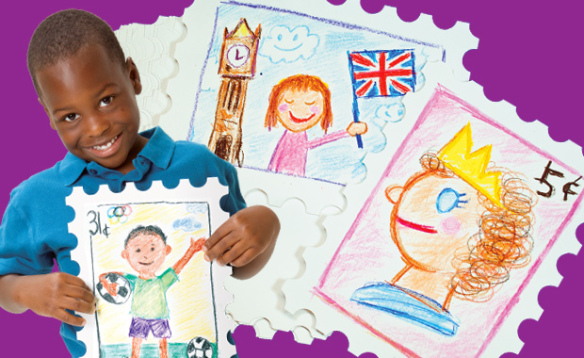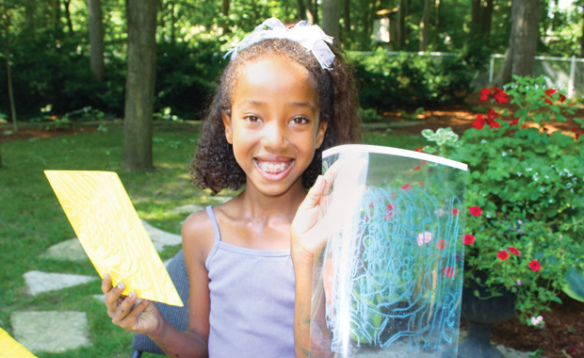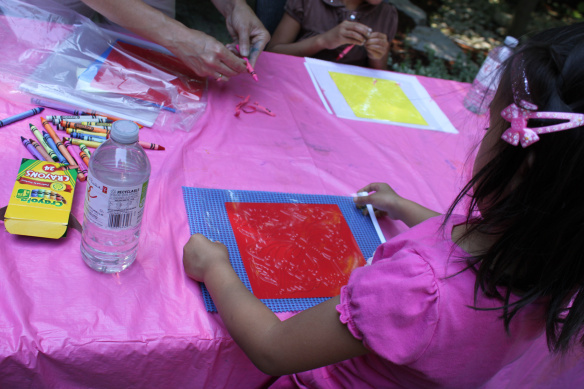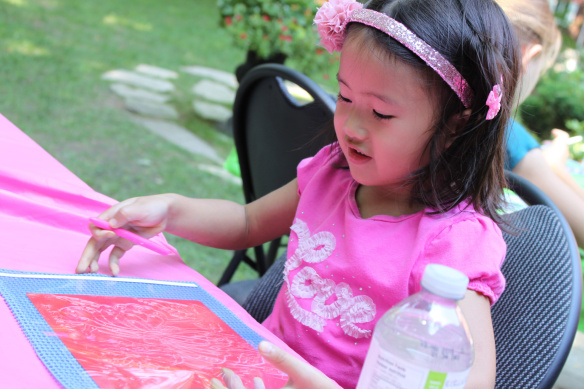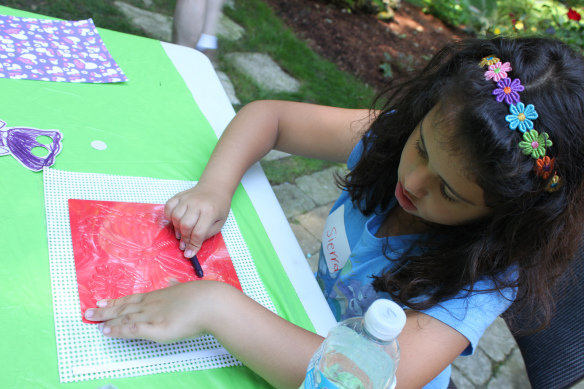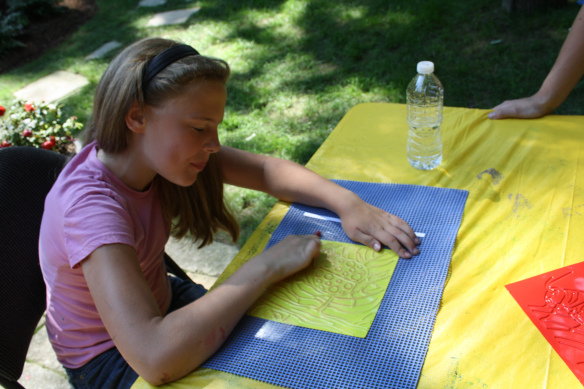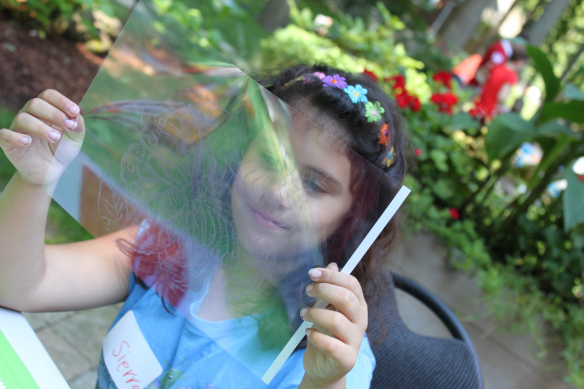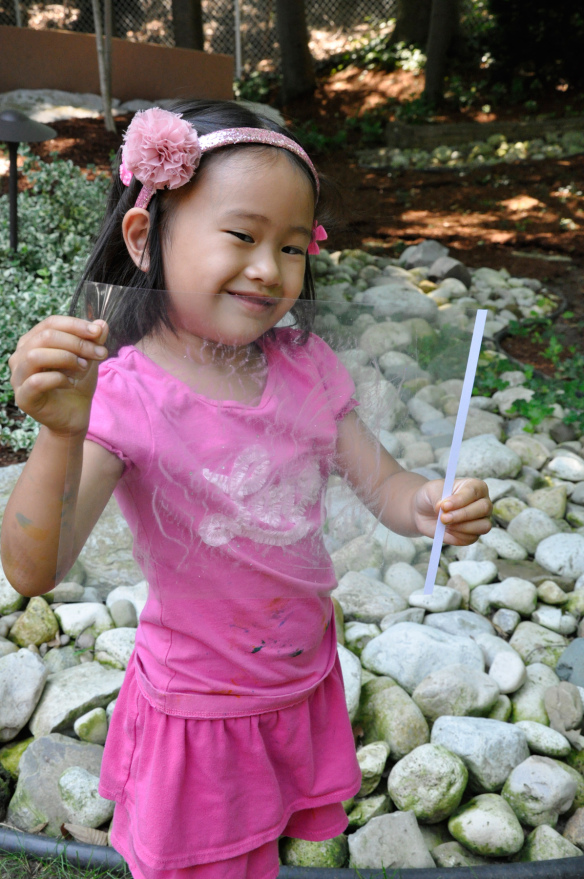Mail something nice to a friend and make your own signature stamp piece!
These large sized paper sheets are shaped like postage stamps, and cut with a special border to mimic the look and feel of the real thing. They are 9 x 12″ (23 x 30 cm), perfect for bringing out the fine details in your artwork!
Use crayons to draw a rectangle border on the inside of the stamp sheet. Take a moment to think about some kind of signature piece of artwork that you’d like to be drawn on the interior of the stamp. Remember that the stamps you may see at the post office feature an image of something important that relates to the country or signifies something that the people of that country are proud of.
Tell students to each make a list of things that they are proud of in their lives. Things such as “my dog,” “my cottage by the lake” or “my soccer goal” are good suggestions! When your students have made up their lists, ask them to describe why these things are important to them. Once they have come up with solid reasons, you can start to narrow down your choices as to what makes each student most proud in her or his life.
Try to think of ways that you would represent the picture. Will you simply put a picture of a dog on the stamp or will you embellish the illustration somehow to make it look more important and worthy of having its picture on a stamp? Perhaps you can add details that are important to the dog such as its bone, collar, playhouse, play-toy and so on. You can even go further by adding something like a superhero cape to the dog!
Flip the large postage stamp over and write a letter to someone important in your life such as a friend, parent or close relative. Practice writing your letter on a sheet of paper first so that you can revise your work before copying it onto the back of the stamp. Once you are finished, your students are ready to take their stamps home and “send” them to their favorite people!
You can also “send” cards with the stamps. Here are some of our card projects:
• Make a card any dad will love!
• Surprise someone with a pop-up bouquet, straight from a card!
• These underwater scenes are great to send to a friend!
Like us on Facebook, Share this post with your friends, or Subscribe to this blog today to receive original craft project updates every Monday, Wednesday and Thursday!

